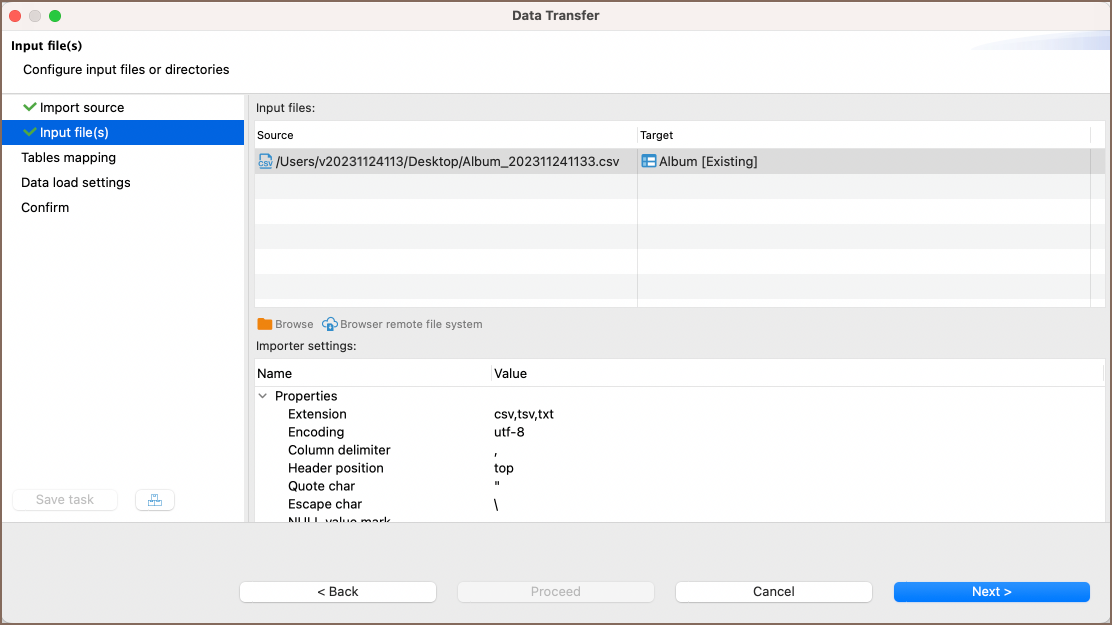
If you leave encoding equal to None, then the content will be made of bytes instead of Unicode, and. If you write to an URL, the atomicity option is ignored if the destination is not of a type that can be accessed atomically.Public HeaderInfo ( . Load text files with categories as subfolder names. This option guarantees that the file, if it exists at all, won’t be corrupted even if the system should crash during writing. If you choose to write it atomically, it is written first to an auxiliary file, and then the auxiliary file is renamed to the path.

If you do not choose to write atomically, the string is written directly to the path you specify. You must specify the encoding that should be used, and choose whether to write the resource atomically or not. They might not be as appropriate for Foundation-level tools or documents that are not natural-language text.Ĭompared with reading data from a file or URL, writing is straightforward- NSString provides two convenient methods, writeToFile:atomically:encoding:error: and writeToURL:atomically:encoding:error. They can be used on more-or-less arbitrary text documents, and are worth considering if your application has no special expertise in text. These methods attempt to load plain text files, and return the encoding used.
R LOAD DATA TEXT ENCODING ISO
"Appropriate" here depends a bit on circumstances it might be the default C string encoding, it might be ISO or Windows Latin 1, or something else, depending on where your data are coming from.įinally, you can try NSAttributedString's loading methods from the Application Kit (such as initWithURL:options:documentAttributes:error:). If (2) fails, try an appropriate legacy encoding. If (1) fails, try to read the resource by specifying UTF-8 as the encoding.
R LOAD DATA TEXT ENCODING HOW TO
These methods try to determine the encoding of the resource, and if successful return by reference the encoding used. The following are 30 code examples for showing how to use io.TextIOWrapper().These examples are extracted from open source projects. Try stringWithContentsOfFile:usedEncoding:error: or initWithContentsOfFile:usedEncoding:error: (or the URL-based equivalents). If you are forced to guess the encoding (and note that in the absence of explicit information, it is a guess): For example, Apple's Mail and Safari applications have encoding menus, and TextEdit allows the user to reopen the file with an explicitly specified encoding.

If you find yourself with text of unknown encoding, it is best to make sure that there is a mechanism for correcting the inevitable errors. InitWithData:data encoding: NSISOLatin1StringEncoding] JSON (JavaScript Object Notation), specified by RFC 7159 (which obsoletes RFC 4627) and by ECMA-404, is a lightweight data. if data is in another encoding, for example ISO-8859-1 method, as illustrated in the following example.

The writeLines () function does, in fact, work if you supply the useBytes TRUE argument, but it is a hack that xfun::writeutf8 () exploits to alleviate your encoding headaches. To read from a file or URL for which you know the encoding, you use stringWithContentsOfFile:encoding:error: or stringWithContentsOfURL:encoding:error:, or the corresponding init. For an in-depth explanation of what read/write functions do in R, take a look at Kevin Ushey’s excellent post on String encoding in R. You should avoid placing yourself in this position if at all possible-anything that calls for the use of plain text files should specify the encoding (preferably UTF-8 or UTF-16+BOM). If you have plain text and no knowledge of the encoding, you are already in a difficult position. In general, it is much easier to read data if you know its encoding.

NSString provides a variety of methods to read data from files and URLs. (Where possible, you should use URLs because these are more efficient.) Reading From Files and URLs When you write to a file or URL, you must specify the encoding to use. Reading files or URLs using NSString is straightforward provided that you know what encoding the resource uses-if you don't know the encoding, reading a resource is more challenging. Next Previous Reading Strings From and Writing Strings To Files and URLs


 0 kommentar(er)
0 kommentar(er)
